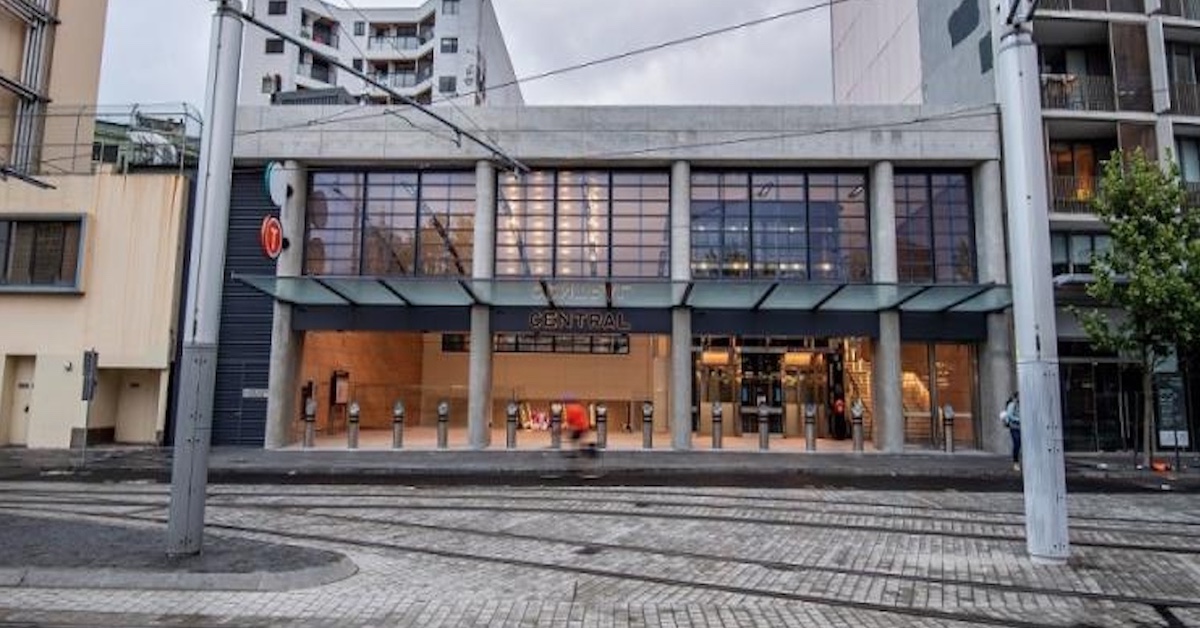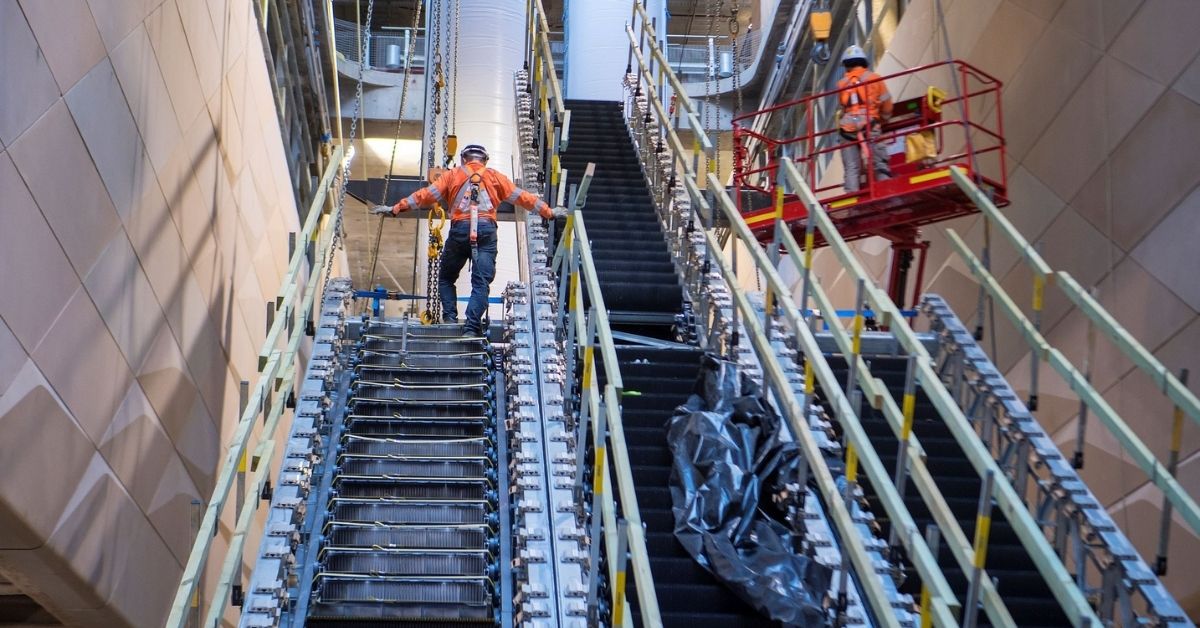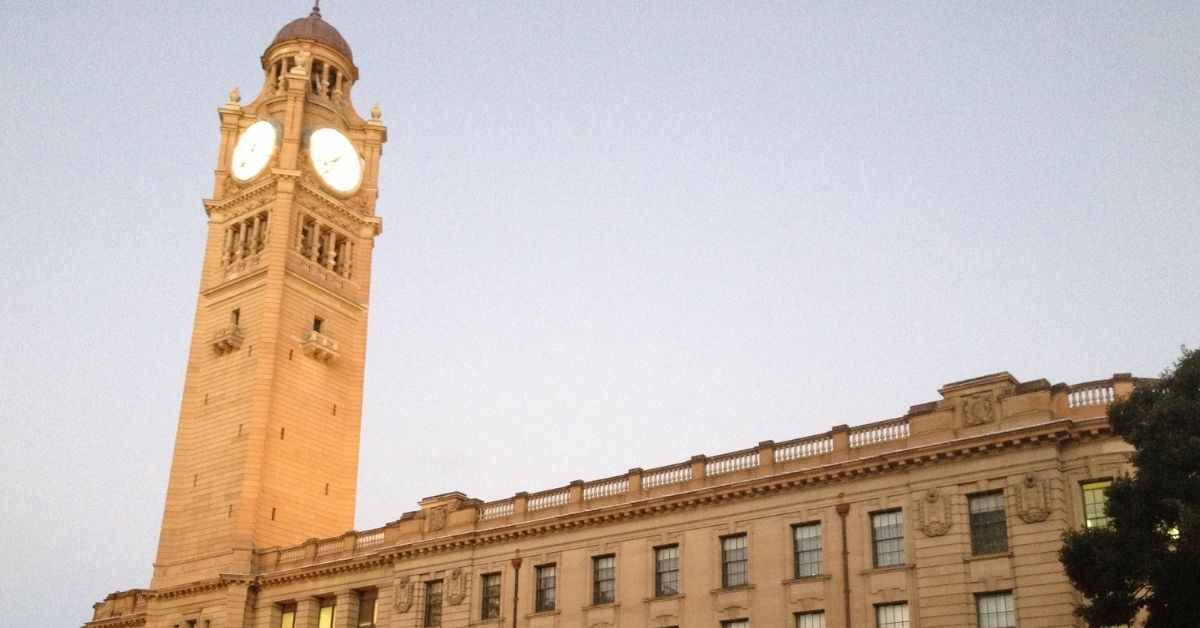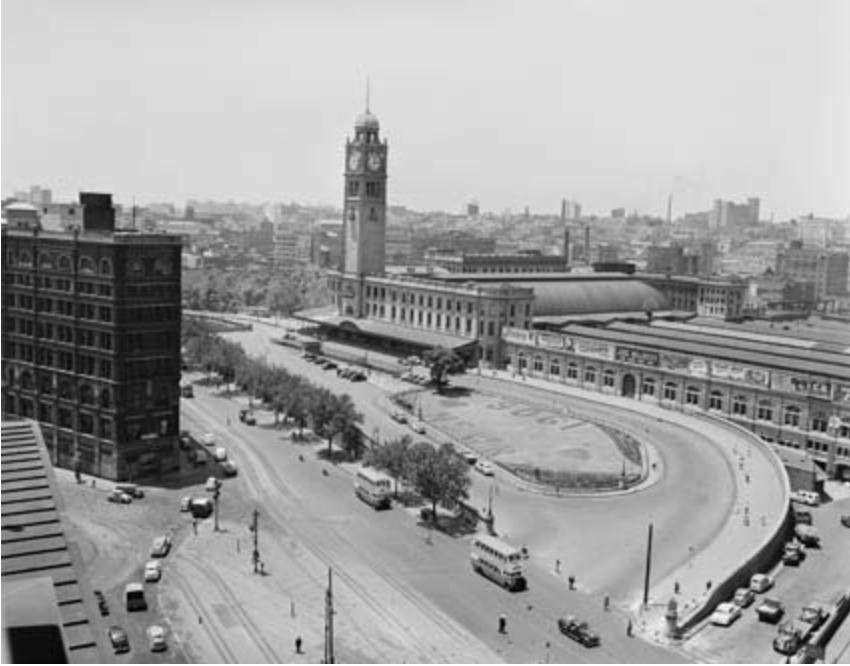Six months after an intense blaze in an adjacent building threatened to derail the plans for Sydney’s transport hub, the new Chalmers Street entrance of Central Station has recently opened, symbolising resilience and progress.
In May 2023, a fire erupted in an abandoned seven-storey building on Randle Street, mere metres from Central Station’s new Chalmers Street entrance. This inferno brought with it a wave of destruction, causing extensive structural and water damage to the station’s entrance, which was on the cusp of opening to the public.
The emergency response was swift and decisive. Within three minutes of the blaze being reported, Rail Fire & Emergency personnel, along with Fire & Rescue NSW teams, were on site, battling the flames.
Their efforts were concentrated in the narrow laneway separating the inferno from Central Station. Their heroism and quick action prevented a potential catastrophe at Australia’s busiest railway station.
The path to restoration was arduous but necessary. The damaged entrance required comprehensive repairs, including the installation of a new roof, re-tiling of stairs, and replacement of windows.
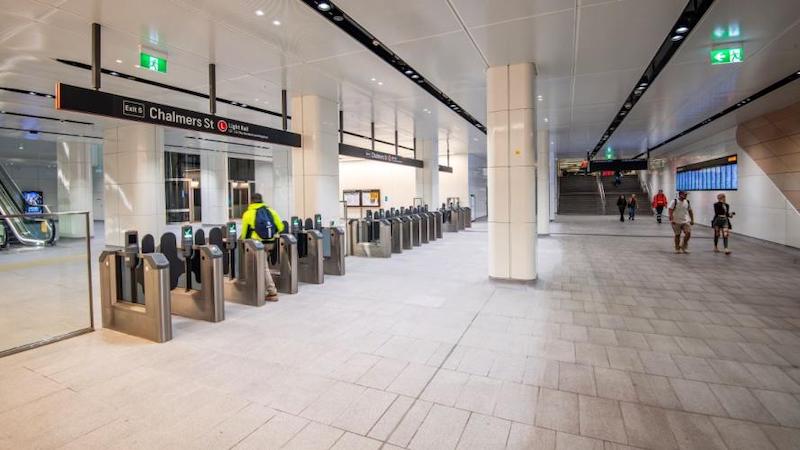
The lifts and escalators, crucial for commuter movement, were inundated during the firefighting efforts and had to be replaced or repaired. The total cost of these repairs, amounting to $3.4 million, was covered by insurance.
This incident did not dampen the spirits of Sydney’s residents or the resolve of the authorities. Instead, it served as a catalyst for significant improvements. The reopening of the Chalmers Street entrance marks the completion of major upgrade works at Central Station, a near-$1.3 billion project.
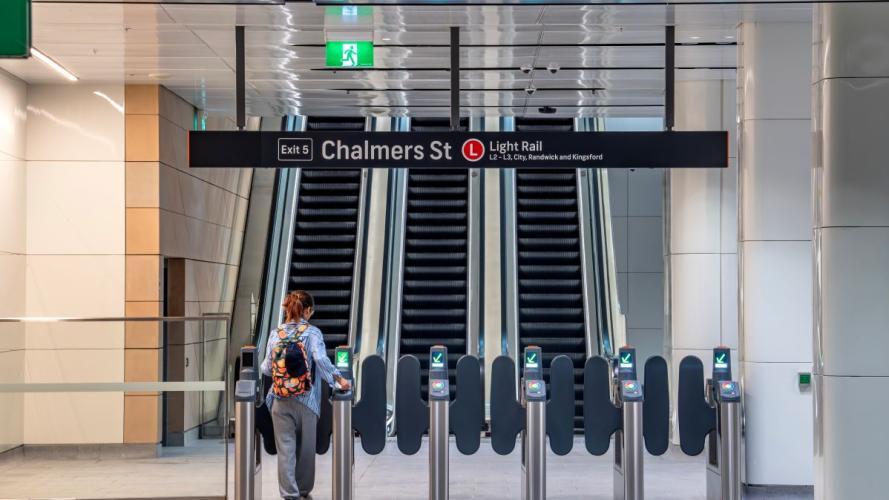
This includes new underground concourses, improved accessibility with more lifts and escalators, a revitalised Northern Concourse with a striking new roof canopy, and the upcoming North-South Concourse.
The renewal of Central Station is more than just a physical refurbishment; it symbolises the unwavering spirit of Surry Hills and Sydney at large. With the impending launch of the metro services in 2024, the station is poised to become an even more vital hub, accommodating thousands of commuters and significantly reducing travel times across the city.
Published 20-Nov-2023



